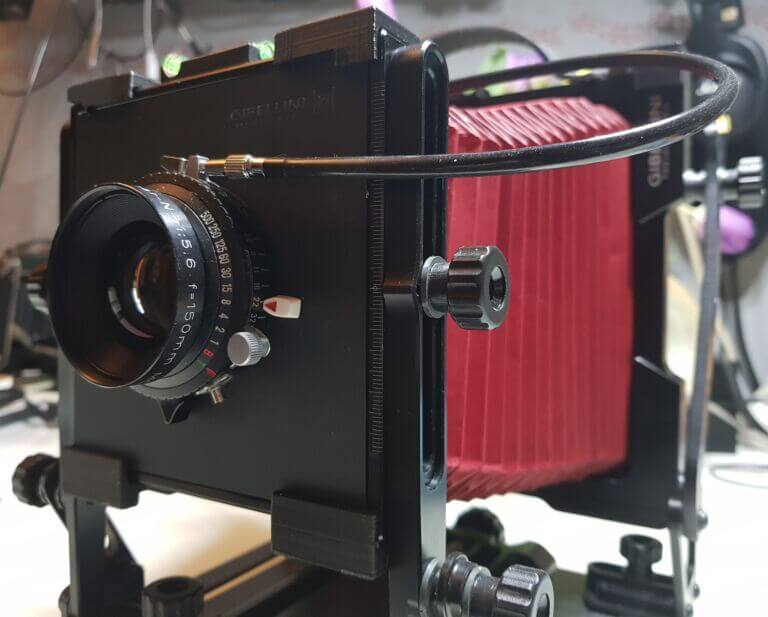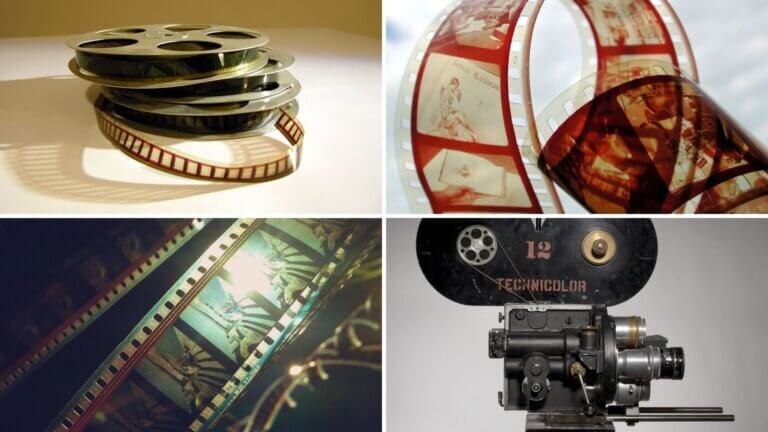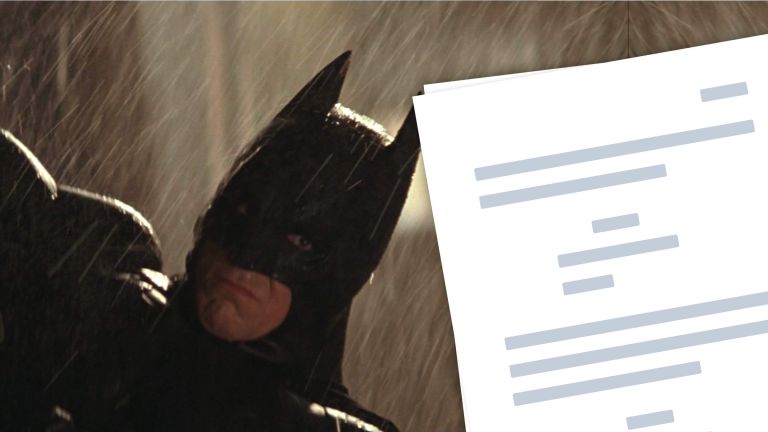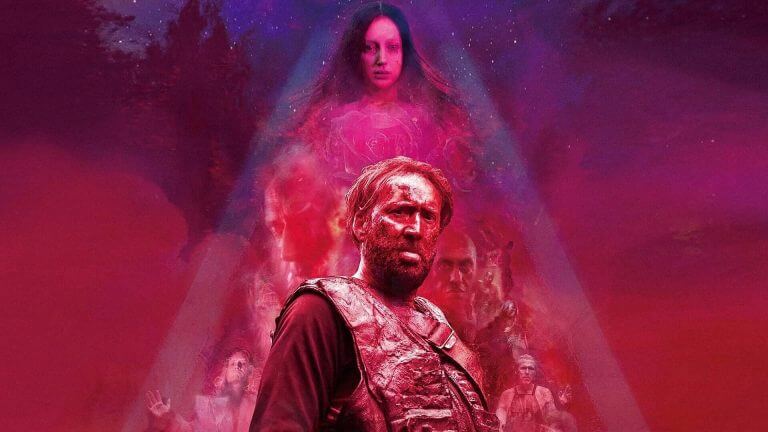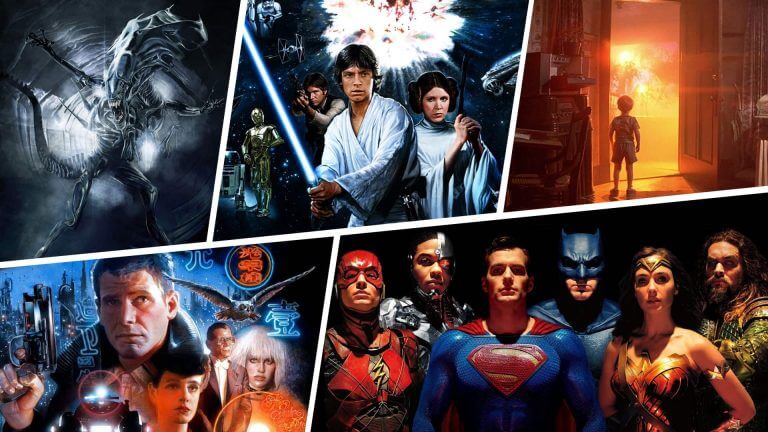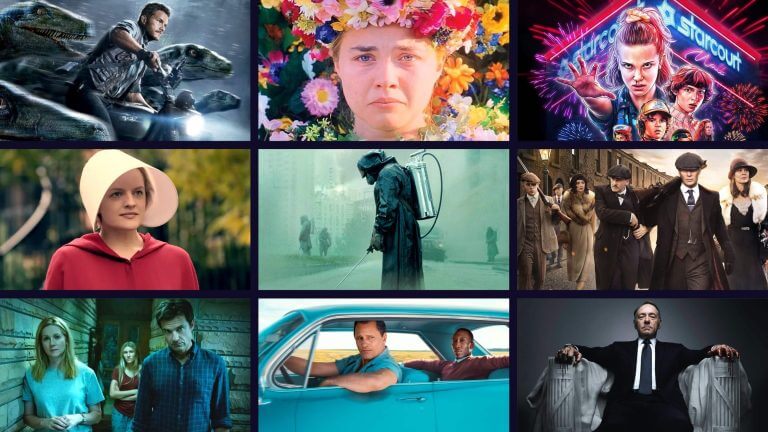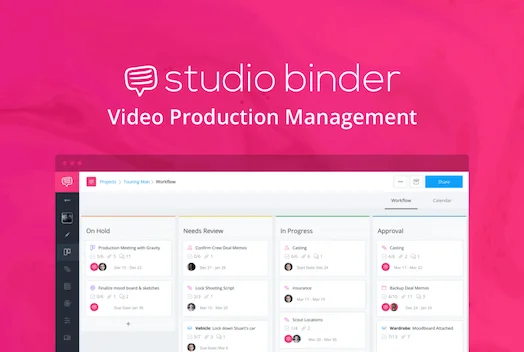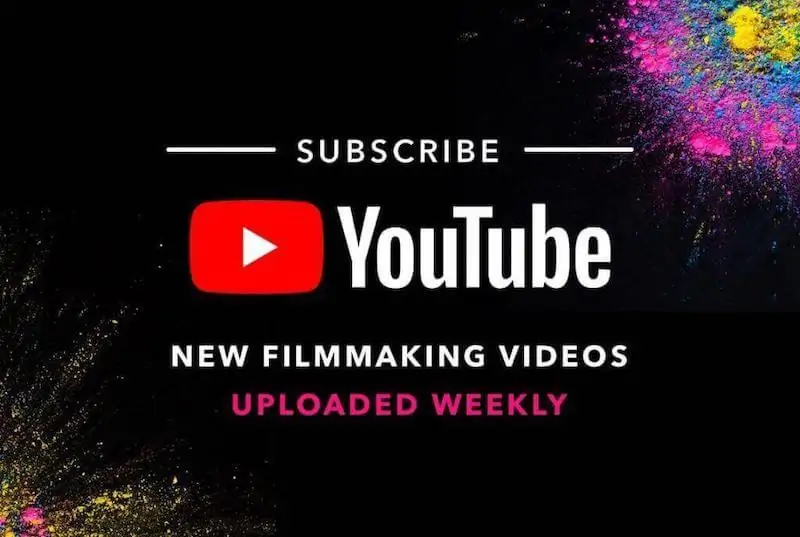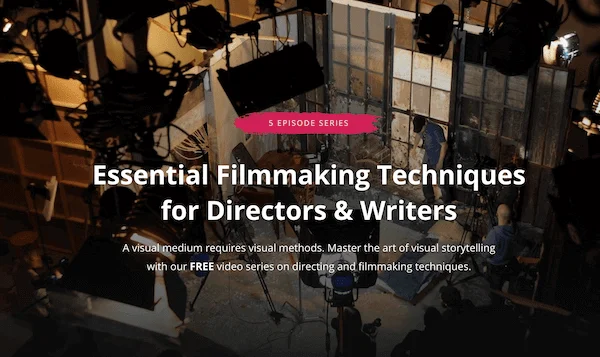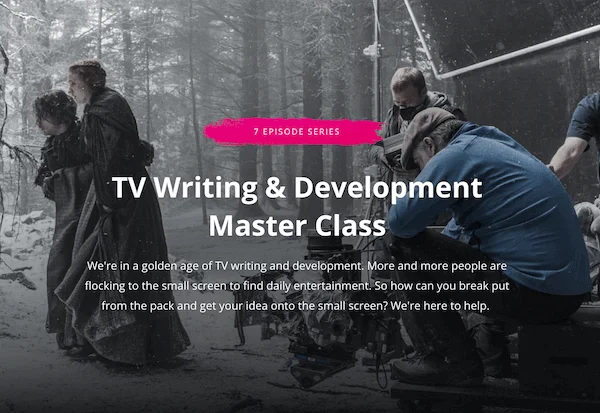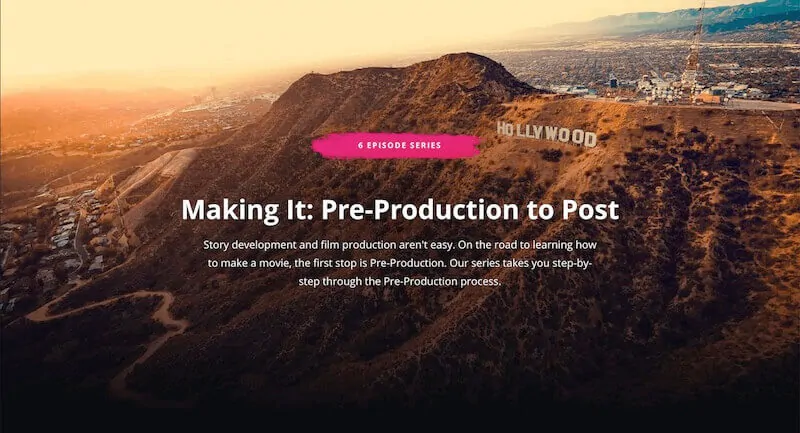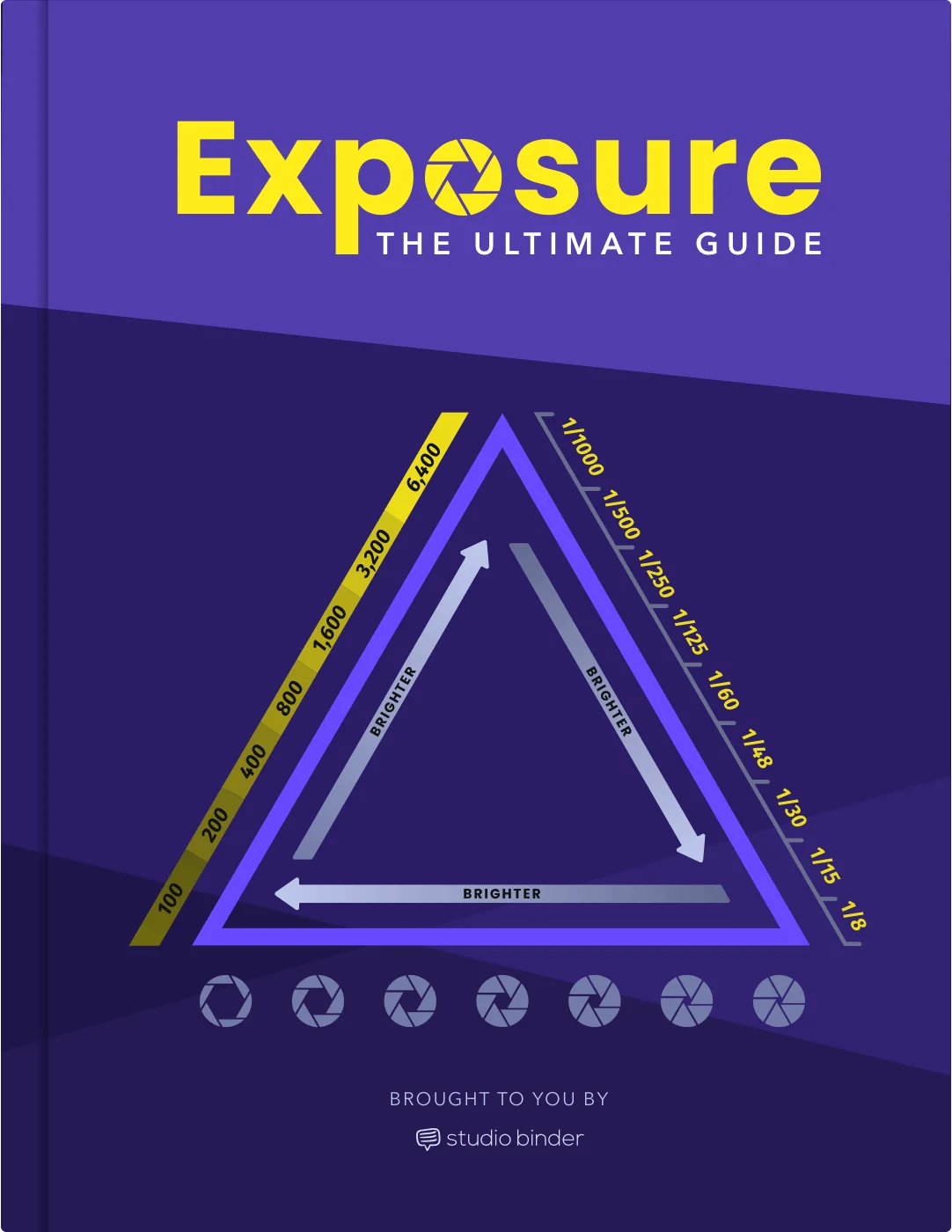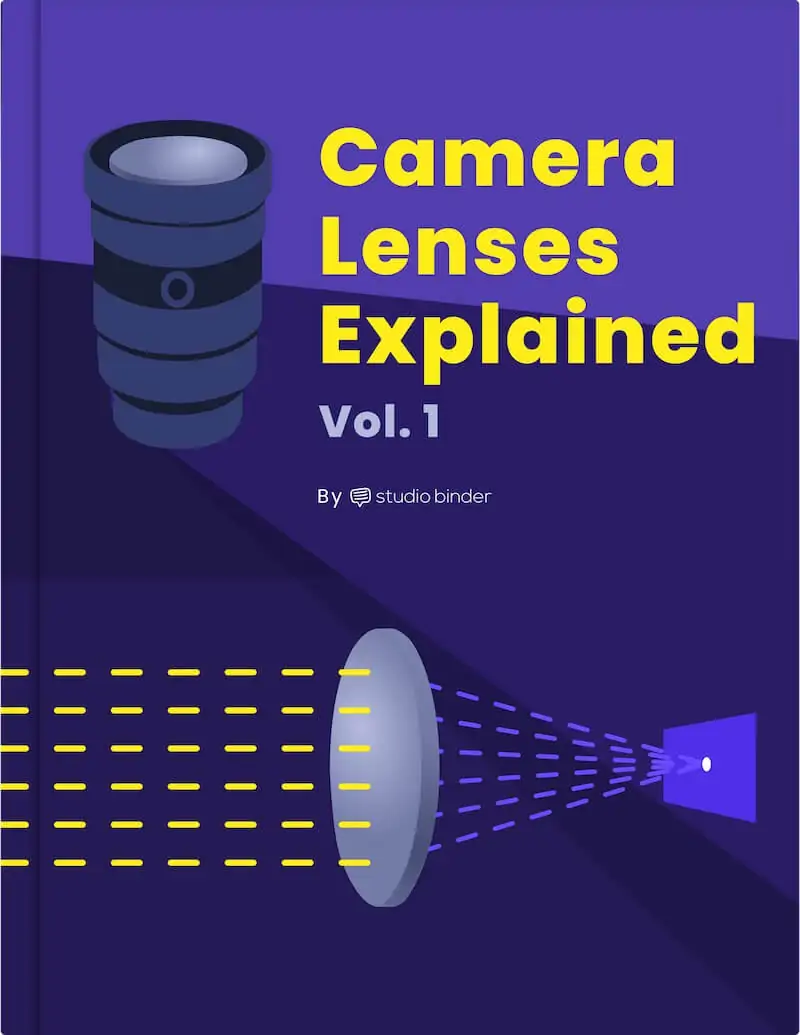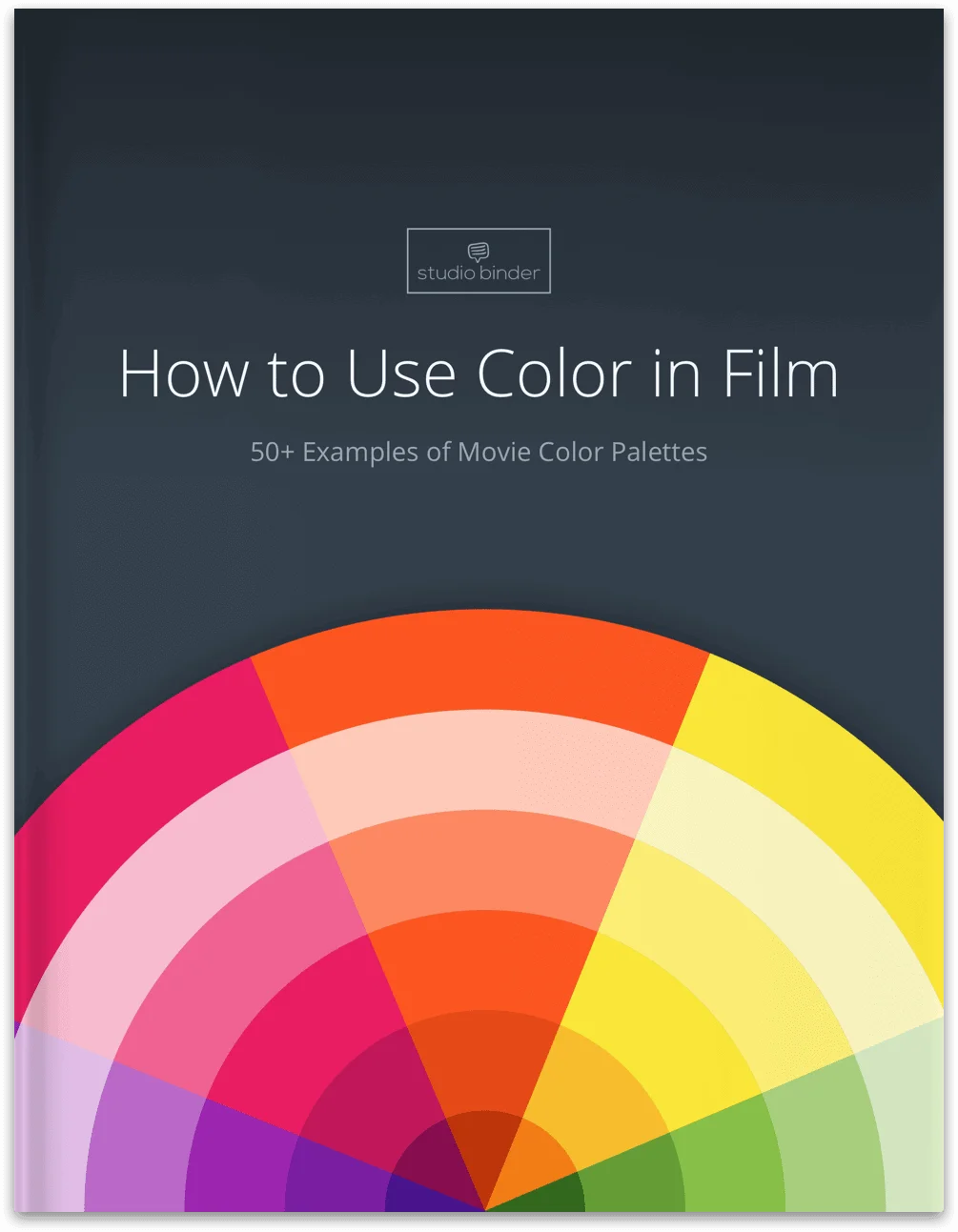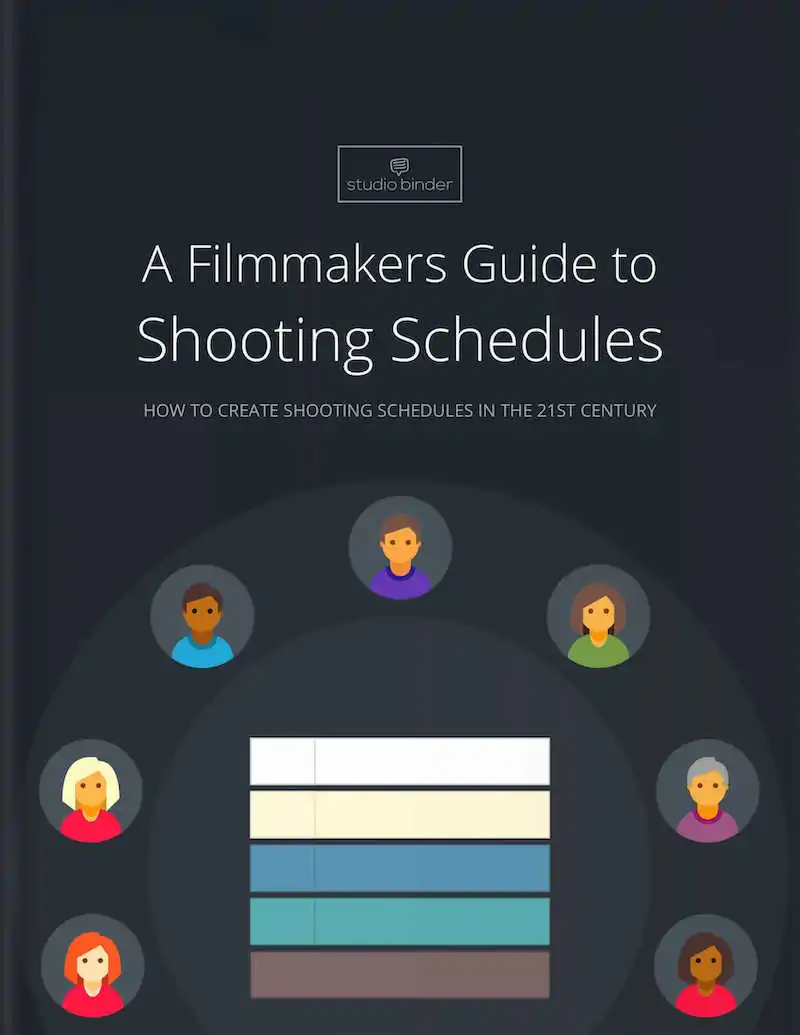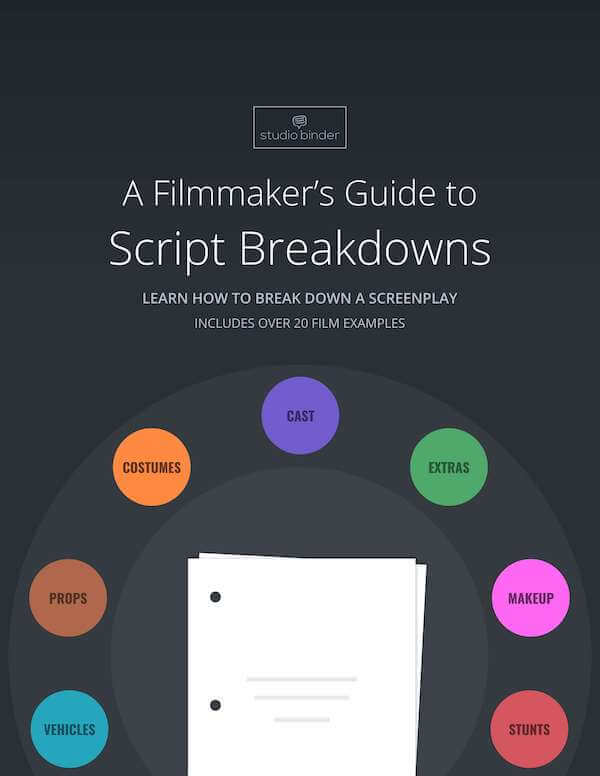Most people taking photos do not need a legitimate camera for what they do. For those who do use actual cameras, something akin to a 35mm camera is more than good enough. But what about when you need to take the highest resolution pictures possible? That’s where large format cameras come in. But what is large format, what sort of cameras do you use, and why would you use them?Continue reading What is Large Format Photography — Cameras and Lenses
In the world of movie making we have today, any digital device with video functionality can help you tell a story, from your mobile phone to your computer’s webcam. But what about celluloid film? What is celluloid film, even? We still call movies “films,” right? Celluloid film stock used to be the main and only way major movies would be filmed and distributed. But of course, times have changed, and as technology has advanced, so has the way we make movies. But that’s not to say celluloid film is down for the count. Which is why we are going to…
When making a movie, whether small or large, it can always be fun to add an additional effect over the shot. You either do this for aesthetic, atmospheric, or plot reasons, all depending on the context you put it in. VHS effects are among the most popular, as can be seen in so many online photographs and phone apps. Today we’re gonna learn how to add VHS effects to video, how VHS video effects can be utilized, and some popular VHS filter options that you can add into your next project.Continue reading How to Add VHS Effect to Video —…
When shooting a movie, you want to make sure everything looks good, from the focus of the shot, to the lighting of the set. While our naked eye can often do a good job helping us out, exposure tools help us not miss any spots. In-camera tools like zebras and histograms help out cinematographers, but so do false color images. “What is false color” you ask? It’s a tool that also helps you with exposure levels, and one which can be incredibly useful with filming. So let's dive into how to use false color, how they are identified, and how…
In our digital age of digital worlds and digital filmmaking, it’s nice to be reminded of the organic and analog. This is probably why many filmmakers, both professional and amateur, enjoy employing film grain into their digital productions. Aside from eliminating all the issues and costs that can come with physical celluloid, the best film grain overlay can give your movies that special look that so many movies of our past have.Continue reading Free Film Grain Overlays For That Cinematic Look
Christopher Nolan has become one of the biggest filmmakers on the planet, and his first time with a licensed property helped him get there. Co-written with David S. Goyer, Batman Begins was a blast of fresh air, getting major critical appraisal, bringing in a new era for both the Dark Knight and superhero films. That’s why we’re going to look at the Batman Begins script and see how the use of dialogue, themes, and action helped make this movie a beloved hit. Continue reading Batman Begins Script PDF Download: Quotes, Characters & Plot
In today’s cinematic landscape, very few people are unaware of what a prequel is. Whether you’re watching a new movie that’s labelled as such, or the “sequel” you’re watching actually takes place before the first film, prequels are not that uncommon in the world of entertainment. But what is a prequel exactly, and what are the elements that make one up?Continue reading What is a Prequel? Definition and Examples for Screenwriters
In a world where almost everything you see is digitally shot, the priority is now "clean" images with high resolution and sharp edges. For a lot of filmmakers and fans lamenting the death of celluloid, one of the key attributes missing is something we've nearly forgotten: film grain. The textured look of cinematic film grain is what gives celluloid film personality, depth, and dynamics. The irony is now that digital filmmaking has nearly perfected the "clean" image, some filmmakers are adding film grain texture in Post-Production. So, what is film grain and why are some directors bringing it back? Let's…
If you grew up in the home video era, you may have found yourself asking, “What is a Director’s Cut?” When DVD emerged, some movies would claim to be a “Director’s Cut,” which could imply many things to the potential consumer. It might seem straightforward, but there’s a lot more to Director’s Cuts than just a longer version of a movie. So, what is a Director’s Cut and why are there so many of them? We’re going to go over the definition, its history through theatrical and home video releases, famous examples of Director’s Cuts and the different types that exist.Continue…
When making a movie, it can be a struggle to decide between the two most common widescreen aspect ratios: 1.85:1 and 2.35:1. For anyone who has ever felt this struggle, there is an ideal middle ground. We’re talking about the 2:1 aspect ratio which has seen a resurgence in the last decade. In this article, we’ll go over the 2:1 aspect ratio, where it came from, and how it’s been used in movies and TV so that you too can take advantage of this unique frame.Disclaimer: Since 2.35 is often used interchangeably with 2.39 and 2.4, we will do the same…
